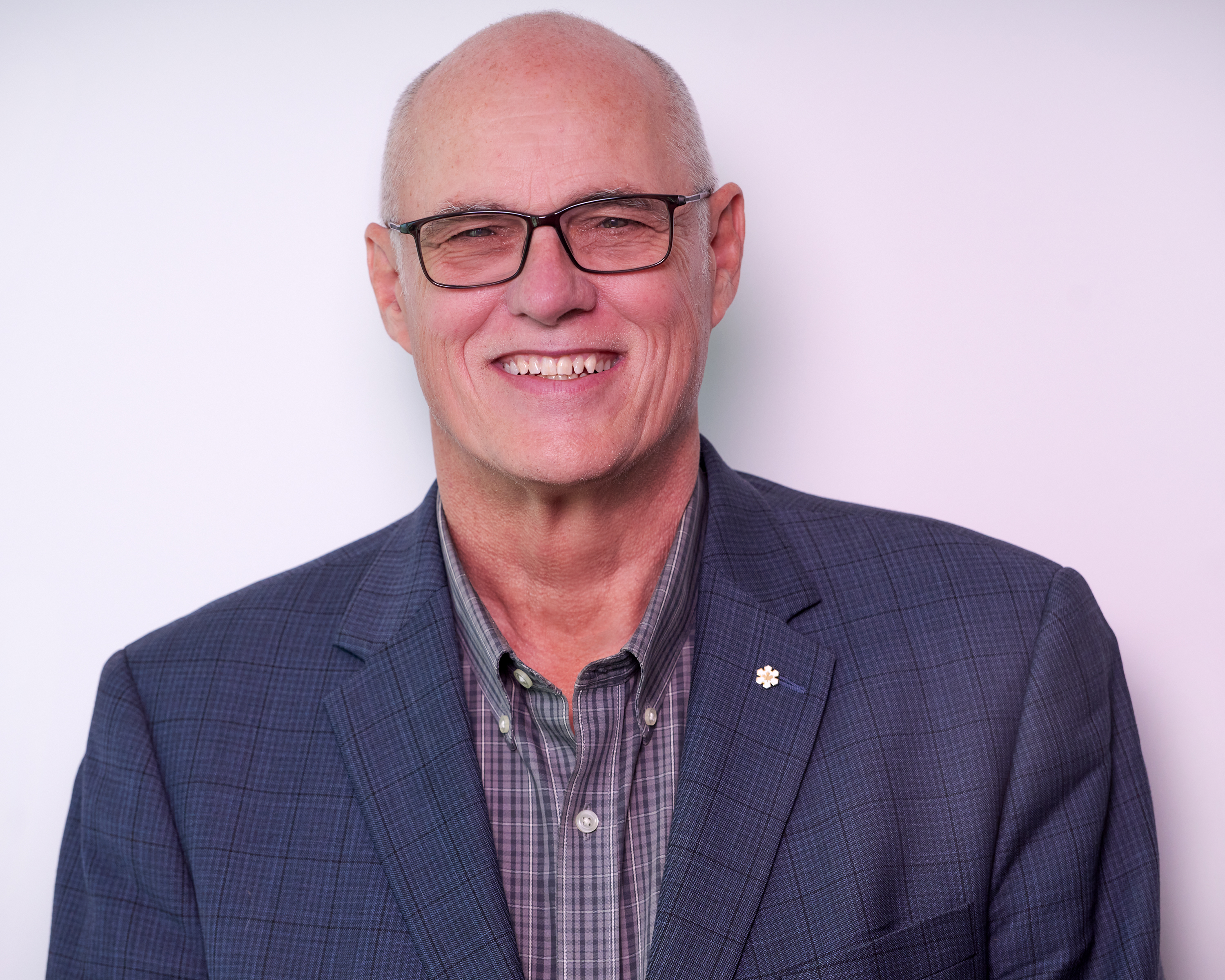Apr 2024

Abstract:
Muscle satellite cells represent a lineage of myogenic cells responsible for the postnatal growth, repair, and maintenance of skeletal muscle. Satellite cells reside beneath the basal lamina of adult skeletal muscle closely juxtaposed to muscle fiber sarcolemma and make up 2-7% of the nuclei associated with a particular fiber. This population of myogenic cells are normally mitotically quiescent but are activated (i.e. enter the cell cycle) in response to stress induced by weight bearing or by trauma such as injury. The descendants of activated satellite cells, called myogenic precursor cells, undergo multiple rounds of division prior to fusion and terminal differentiation [1]. Over the past decade, studies have suggested that satellite cells are organized hierarchically, whereby functional heterogeneity exists within this seemingly homogeneous Pax7 expressing population [2]. However, understanding satellite cell heterogeneity remains an important unanswered question. How satellite cells achieve the remarkable regenerative balancing act of generating progenitors while maintaining self-renewal capacity can be posited as either stochastic fate acquisition, or a hierarchical organization of asymmetric divisions with determined cell fates.
Previously, we performed molecular genetic studies in mice that were the first to identify a putative stem cell within the satellite cell population [3]. Cre-LoxP lineage tracing in mice using Myf5-Cre and R26R-YFP alleles allowed the discrimination between committed satellite myogenic cells that express high levels of Myf5-Cre (YFP+), and a small subpopulation (about 8 %) of satellite stem cells that have never expressed Myf5-Cre (YFP-). Engraftment experiments established that satellite stem cells (Pax7+/Myf5low) reconstitute the self-renewing satellite cell population following transplantation via asymmetric stem cell divisions [3-5], whereas satellite myogenic cells cannot efficiently reconstitute this population [3, 5]. Moreover, satellite stem cells are bi-potential and can generate both muscle and brown fat, which indicates they are capable of multiple differentiation trajectories [6]. Thus, this sub-compartment of satellite cells fulfill the defining criteria of adult stem cells in that they exhibit long-term self-renewal and are multipotential.
Therefore, we performed single-cell RNA-seq and gene expression analysis on YFP- (Pax7+/Myf5low) populations enriched for the putative satellite stem cell population and defined a novel cluster. We further identified unique cell surface markers that facilitate prospective isolation of Myf5low cells. Based on transplantation and label retention experiments, we demonstrate that this subset of MuSCs exhibits superior stem-like characteristics, enhanced self-renewal, and are correspondingly more deeply quiescent. Furthermore, the cells exhibit low metabolic activity, markedly reduced mitochondrial membrane potential (MMP), and smaller fragmented mitochondria with high levels of pDRP-1. Therefore, we conclude that Myf5low MuSCs represent a distinct subpopulation of satellite cells with very low metabolic requirements, which represent long term self-renewing muscle stem cells (LT-MuSCs). Finally, our study defines long sought-after attributes that allow isolation of a LT-MuSC that represent a rarified subpopulation of greater stemness.
1. Yin, H., F. Price, and M.A. Rudnicki, Satellite cells and the muscle stem cell niche. Physiol Rev, 2013. 93(1): p. 23-67. PMC4073943
2. Saber, J., A.Y.T. Lin, and M.A. Rudnicki, Single-cell analyses uncover granularity of muscle stem cells. F1000Res, 2020. 9. PMC6974924
3. Kuang, S., et al., Asymmetric self-renewal and commitment of satellite stem cells in muscle. Cell, 2007. 129(5): p. 999-1010. PMC2718740
4. Feige, P. and M.A. Rudnicki, Isolation of satellite cells and transplantation into mice for lineage tracing in muscle. Nat Protoc, 2020. 15(3): p. 1082-1097.
5. Wang, Y.X., et al., EGFR-Aurka Signaling Rescues Polarity and Regeneration Defects in Dystrophin-Deficient Muscle Stem Cells by Increasing Asymmetric Divisions. Cell Stem Cell, 2019. 24(3): p. 419-432 e6. PMC6408300
6. Yin, H., et al., MicroRNA-133 controls brown adipose determination in skeletal muscle satellite cells by targeting Prdm16. Cell Metab, 2013. 17(2): p. 210-24. PMC3641657
Bio:
Michael Rudnicki is a Senior Scientist and the Director of the Regenerative Medicine Program and the Sprott Centre for Stem Cell Research at the Ottawa Hospital Research Institute. He is Professor in the Department of Medicine at the University of Ottawa. Dr. Rudnicki is Scientific Director of the Canadian Stem Cell Network (SCN) and Chief Discovery Officer and Founder of Satellos Bioscience. Dr. Rudnicki’s achievements have been recognized by numerous honors including being named an Officer of the Order of Canada, a Fellow of the Royal Society (London), a Fellow of the Royal Society of Canada, and International Research Scholar of the Howard Hughes Medical Institute for two consecutive terms.
Dr. Rudnicki is an internationally recognized thought leader in molecular genetics and regenerative medicine whose research has transformed our understanding of muscle development and regeneration, and fueled the development of novel molecular and stem cell based approaches to the treatment of muscular dystrophy and other neuromuscular disorders. Dr. Rudnicki’s key discovery was the identification and characterization of muscle stem cells. This work pivoted the field towards the study of adult regenerative myogenesis and set the stage for novel molecular and stem cell based approaches to the treatment of muscular dystrophy and other neuromuscular disorders. Dr. Rudnicki is a member of the editorial boards of Cell Stem Cell, Journal of Cell Biology, and Stem Cells. He is a founding Co-Editor-in-Chief of the journal Skeletal Muscle. Dr, Rudnicki has also organized many international research conferences and was a founding director of the Society for Muscle Biology.
For the past 20 years, Dr. Rudnicki has led the Stem Cell Network (SCN), a transformative initiative involving over 100 investigators across Canada, with a mandate to catalyze the translation of stem cell research into clinical applications, commercial products and public policy. As Scientific Director of the SCN, he has forged a national community that transformed stem cell research in Canada and brought research to the point where regenerative medicine is impacting clinical practice.